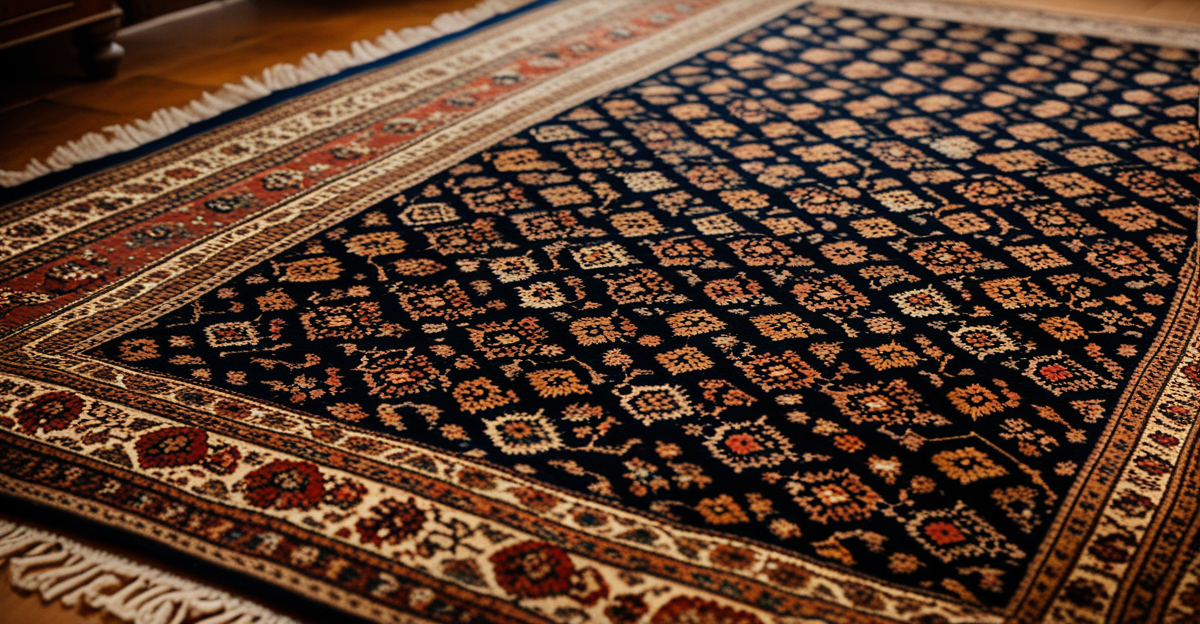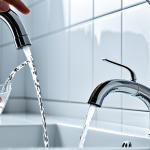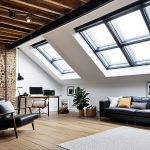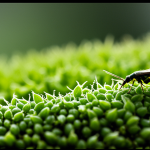Navigating Allergy Issues in Historic UK Homes
Understanding allergy management in traditional UK homes requires addressing specific triggers commonly found in these spaces. Antique carpets and old interiors tend to accumulate dust mites, mould spores, and pet dander, which are primary allergy irritants. These elements can settle deeply into the fibres, challenging effective cleaning and causing sensitivities to flare.
Maintaining proper indoor air quality in period properties is crucial. Old homes often have less efficient ventilation systems, which can trap allergens indoors. Regularly airing rooms, using air purifiers designed for homes with sensitivities, and controlling humidity between 40% and 60% help reduce allergen buildup.
Also to see : The ultimate guide to planning an unforgettable community yard sale this may
Immediate steps to lessen allergic reactions include vacuuming antique carpets with HEPA-filter vacuums to capture fine particles, avoiding harsh chemicals that may degrade delicate materials, and spot-cleaning spills promptly to prevent mould growth. Consulting with experts knowledgeable about both allergy solutions and heritage conservation can offer tailored strategies. These specialists balance preserving the historic fabric of the home while improving occupant comfort through targeted allergy management. This careful approach is essential for maintaining the charm of traditional UK homes without compromising health.
Expert-Endorsed Cleaning Methods for Antique Carpets
Proper cleaning antique carpets is essential to safeguard both the textile’s longevity and allergy management. Experts stress vacuuming as the foundation for maintaining old textiles, recommending using a vacuum with a HEPA filter to capture fine particles that trigger sensitivities. Vacuuming gently, about twice weekly, prevents damage to fibres while reducing dust accumulation.
In parallel : Conquer your uk move: key tips for designing an ideal moving day timeline
Allergy-safe cleaning products play a vital role. Specialists advise selecting hypoallergenic cleaning agents free from harsh chemicals that could degrade antique materials or cause irritations. These products effectively remove allergens without compromising carpet dyes or fibres.
Beyond routine vacuuming, professional carpet care is sometimes necessary. Heritage carpets with heavy soiling or staining require specialist intervention to avoid harm during cleaning. Expert cleaners use methods tailored for delicate antique textiles, such as low-moisture or dry cleaning techniques, ensuring the carpet’s preservation while reducing allergens deeply embedded over time.
Understanding when to call in professionals is key: if visible dust remains after regular cleaning, or if allergy symptoms persist, expert assessment is recommended. This approach balances effective allergen removal with the careful care historic carpets demand, supporting both health and heritage in traditional UK homes.
Expert-Endorsed Cleaning Methods for Antique Carpets
Careful cleaning antique carpets is vital to mitigate allergens without damaging delicate fibres. Experts recommend using hypoallergenic cleaning practices specifically designed for historic textiles. Vacuuming should be done with a HEPA-filter vacuum, employing gentle suction and a soft brush attachment to avoid fibre distress while effectively removing dust mites and pet dander.
Frequency matters: weekly vacuuming helps reduce allergen accumulation but deep cleaning should be scheduled no more than twice yearly to preserve the carpet’s integrity. Overcleaning risks fibre wear and colour fading. For spot stains, allergy-safe cleaning products free from harsh chemicals are preferred. These products protect sensitive fibres and avoid triggering sensitivities caused by strong fragrances or residues.
Professional carpet care is advised periodically. Specialists familiar with traditional UK homes and antique textiles use tailored methods, combining gentle steam cleaning with eco-friendly hypoallergenic solutions. They can also assess the carpet’s condition, advise on necessary restorations, and provide treatments that reduce allergens without harming the carpet’s historic value.
By combining cautious at-home vacuuming with expert interventions and using trusted hypoallergenic products, homeowners can effectively manage allergens on antique carpets while maintaining their heritage charm. This duo ensures both health and preservation goals are met in traditional interiors prone to allergy irritants.
Navigating Allergy Issues in Historic UK Homes
Allergy management in traditional UK homes often hinges on controlling triggers embedded in antique carpets and aged interiors. These carpets harbor dust mites and mould spores, primary irritants causing sensitivities. Managing this involves targeted cleaning strategies and maintenance that respect the fragile heritage materials.
Maintaining good indoor air quality is vital. Since many period properties have limited ventilation, allergens can accumulate, intensifying reactions. Regulating humidity to between 40% and 60% reduces mould growth and dust mite activity, key contributors to allergy symptoms.
Immediate steps to ease allergic reactions focus on frequent dust and allergen removal without damaging historic fabrics. Gentle vacuuming with HEPA filters, spot-cleaning spills promptly, and using only hypoallergenic cleaning products designed for delicate textiles help prevent escalations. Expert advice recommends avoiding harsh chemicals to protect both occupant health and fabric integrity.
Consulting professionals knowledgeable in both allergy management and heritage conservation provides tailored solutions. These experts balance the need to minimise sensitivities with preserving the charm and historical value of traditional UK homes, ensuring allergy management enhances quality of life without compromising authenticity.
Navigating Allergy Issues in Historic UK Homes
Antique carpets and interiors in traditional UK homes often harbour primary allergy triggers such as dust mites, pet dander, and mould spores. These allergens embed deeply into carpet fibres, intensifying sensitivities for occupants. Effective allergy management in these settings demands targeted strategies that respect the fragile nature of historic textiles.
Maintaining good indoor air quality is critical in period properties where ventilation is less efficient. Controlling humidity between 40% and 60% reduces mould growth and dust mite proliferation, directly lowering allergen presence. Opening windows when weather permits and using air purifiers with HEPA filters further support cleaner air circulation.
Immediate actions to reduce allergic reactions include regular vacuuming of antique carpets with HEPA-filter vacuums on a gentle setting. Avoid harsh chemicals that could harm fibres or trigger reactions; instead, opt for hypoallergenic cleaning products specifically designed for sensitive environments. Prompt spot-cleaning of spills also prevents mould development, an important step in allergy control.
Seeking expert advice benefits allergy management while preserving heritage. Specialists familiar with both sensitivities and historic homes can tailor solutions balancing health needs and conservation. This dual focus ensures that traditional UK homes remain both charming and comfortable for allergy-prone residents.
Navigating Allergy Issues in Historic UK Homes
Antique carpets and aged interiors in traditional UK homes often conceal primary allergy triggers like dust mites, mould spores, and pet dander. These allergens embed deeply in fibres, increasing sensitivities and complicating allergy management. Experts consistently underline the challenge of balancing effective cleaning with conservation needs.
Maintaining indoor air quality is paramount due to the limited ventilation typical in period properties. Poor airflow encourages allergen accumulation, exacerbating reactions. Regulating humidity levels between 40% and 60% reduces dust mite proliferation and mould growth, critical steps for sensitive occupants.
Immediate steps to ease allergic symptoms include gentle vacuuming using HEPA-filter machines, which capture microscopic particles without harming fragile textiles. Spot-cleaning spills promptly also curtails mould development while minimizing chemical exposure. Experts strongly advise avoiding harsh cleaning agents that could degrade antique fibres or trigger sensitivities.
For thorough management, seeking expert advice proves invaluable. Specialists familiar with historic fabrics recommend tailored approaches that preserve the charm of heritage interiors while prioritizing occupant health. This integrated strategy supports both comfort and conservation, enabling owners of traditional UK homes to effectively address allergy concerns without sacrificing historical authenticity.







